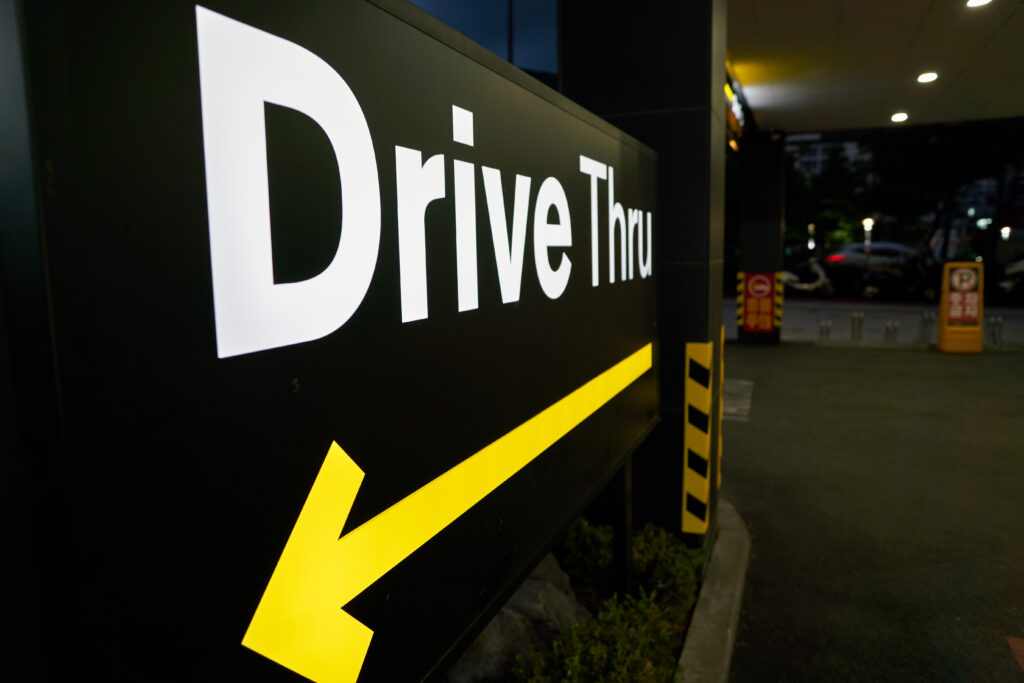Speed-of-service and quality standards are critical factors in the success of fast food restaurants. Let’s explore the importance of these elements, relevant statistics, key metrics, and how advanced technology supports maintaining high standards in both areas.
The Importance of Speed-of-Service in Fast Food
Speed is a defining characteristic of fast food restaurants, and customers have high expectations for quick service:
- 75% of fast food diners expect their orders to be ready in 5 minutes or less.
- The average wait time for restaurants overall is 23 minutes, but fast food establishments aim for much shorter times.
- Long wait times can significantly impact customer satisfaction and return rates. 23% of customers said they would never return to a restaurant with bad service.
Balancing Speed and Quality
While speed is crucial, it should not come at the expense of quality:
- 58% of diners consider delicious food the top priority when choosing a restaurant, with quality of service coming in second.
- 80% of restaurant complaints focus on the low quality of service, not the product.
Fast food restaurants must strike a balance between speed and quality to meet customer expectations and maintain loyalty.
Key Metrics to Track
To improve speed of service and maintain quality standards, fast food restaurants should track several key metrics:
- Total Service Time: The overall time from when a customer enters to when they leave.
- Wait Time: Time spent waiting to place an order.
- Order Accuracy: Percentage of orders fulfilled correctly.
- Customer Satisfaction Scores: Often measured through surveys or reviews.
- Time Spent Ordering: Duration of the ordering process.
- Food Preparation Time: Time taken to prepare orders.
- Window Dwell Time: Average time a car spends at the payment and/or pickup windows in drive-thrus.
How Advanced Technology Supports Speed and Quality Initiatives
Technology plays a crucial role in improving both speed of service and quality standards in fast food restaurants:
- Advanced Point of Sale (“POS”) Systems: Modern POS systems streamline ordering and payment processes, reducing wait times and improving accuracy.
- Self-Service Kiosks: These can significantly reduce lines and free up staff for other tasks, improving speed of service.
- Mobile Ordering Apps: Allow customers to place orders in advance, reducing wait times and improving order accuracy.
- Kitchen Display Systems: Help kitchen staff manage orders more efficiently, improving food preparation times and quality.
- Drive-Thru Data Analytics: Video surveillance systems can analyze drive-thru performance, providing insights into speed-of-service, accuracy, and customer engagement without the need for separate drive-thru timers. Help businesses identify bottlenecks in their processes and make data-driven decisions to improve speed and quality. Big Dog Surveillance has developed an advanced integration, Big Dog Voice, which combines drive-thru audio and surveillance system into one robust data-stream, capturing the entire interaction between your customers and staff, providing for the implementation of actionable insights.
- Automated Food Preparation: Some fast food chains are experimenting with robotics and automation to speed up food preparation while maintaining consistency.
Strategies for Fast Food Restaurants to Get Ahead
- Implement Comprehensive Measurement Systems: Use advanced technology to measure and analyze speed of service metrics across all channels (dine-in, takeout, drive-thru).
- Optimize Staff Scheduling: Use data analytics to forecast busy periods and schedule staff accordingly, ensuring adequate coverage during peak times.
- Streamline Menu Options: Simplify menus to focus on popular, easy-to-prepare items that maintain quality while improving speed.
- Invest in Staff Training: Ensure employees are well-trained on efficient processes and empowered to make quick decisions to improve service speed.
- Leverage Predictive Analytics: Use data to forecast popular items and prepare ingredients in advance without compromising quality or increasing waste.
- Implement Multi-Channel Ordering: Offer various ordering options (mobile, kiosk, counter) to reduce wait times and improve customer experience.
- Continuous Process Improvement: Regularly analyze performance data to identify and address bottlenecks in the service process.
- Focus on Order Accuracy: Implement systems to double-check orders before they’re handed to customers, as mistakes can significantly impact both speed and quality perceptions.
- Enhance Drive-Thru Efficiency: For restaurants with drive-thrus, use technology like video analytics to optimize this crucial service channel.
- Gather and Act on Customer Feedback: Use surveys and review analysis to understand customer perceptions of speed and quality, and make improvements accordingly.
By leveraging advanced technology and focusing on both speed and quality, fast food restaurants can meet and exceed customer expectations. The key is to use data-driven insights to continuously improve processes, train staff effectively, and invest in technologies that support both rapid service and consistent quality. With these strategies, fast food establishments can stay ahead in an increasingly competitive market.



